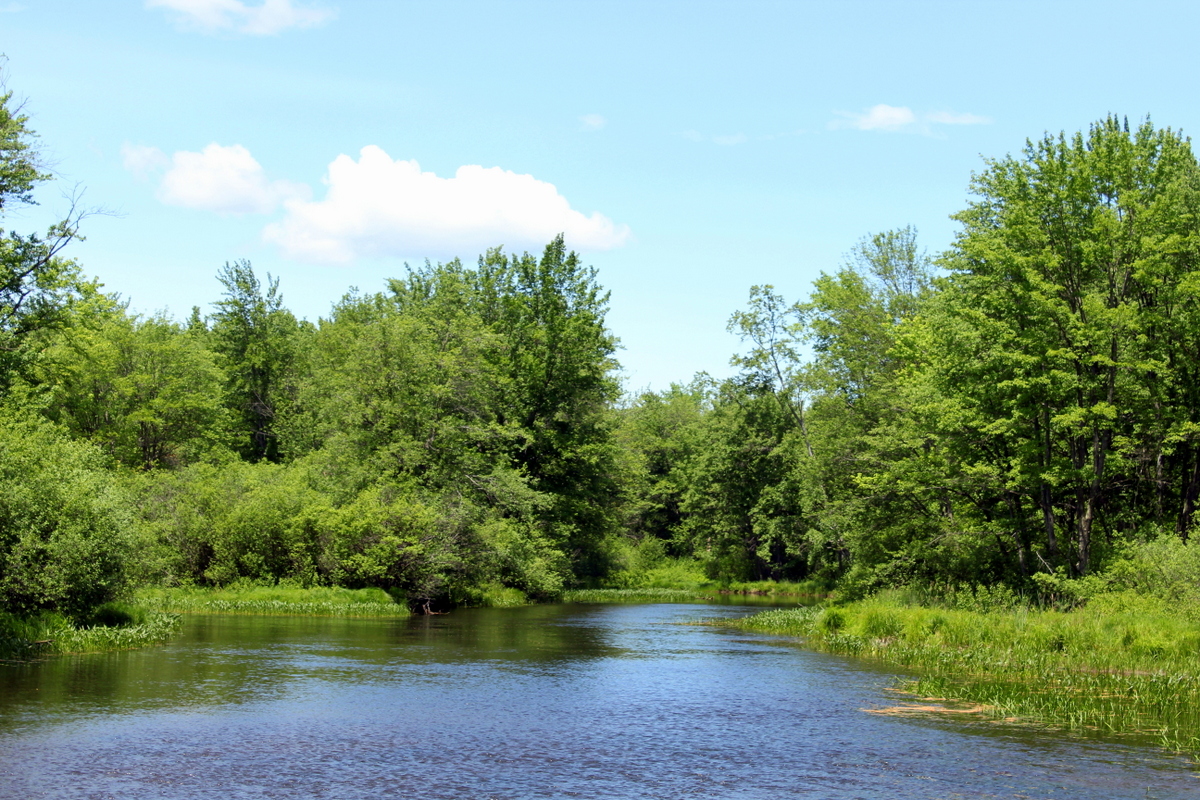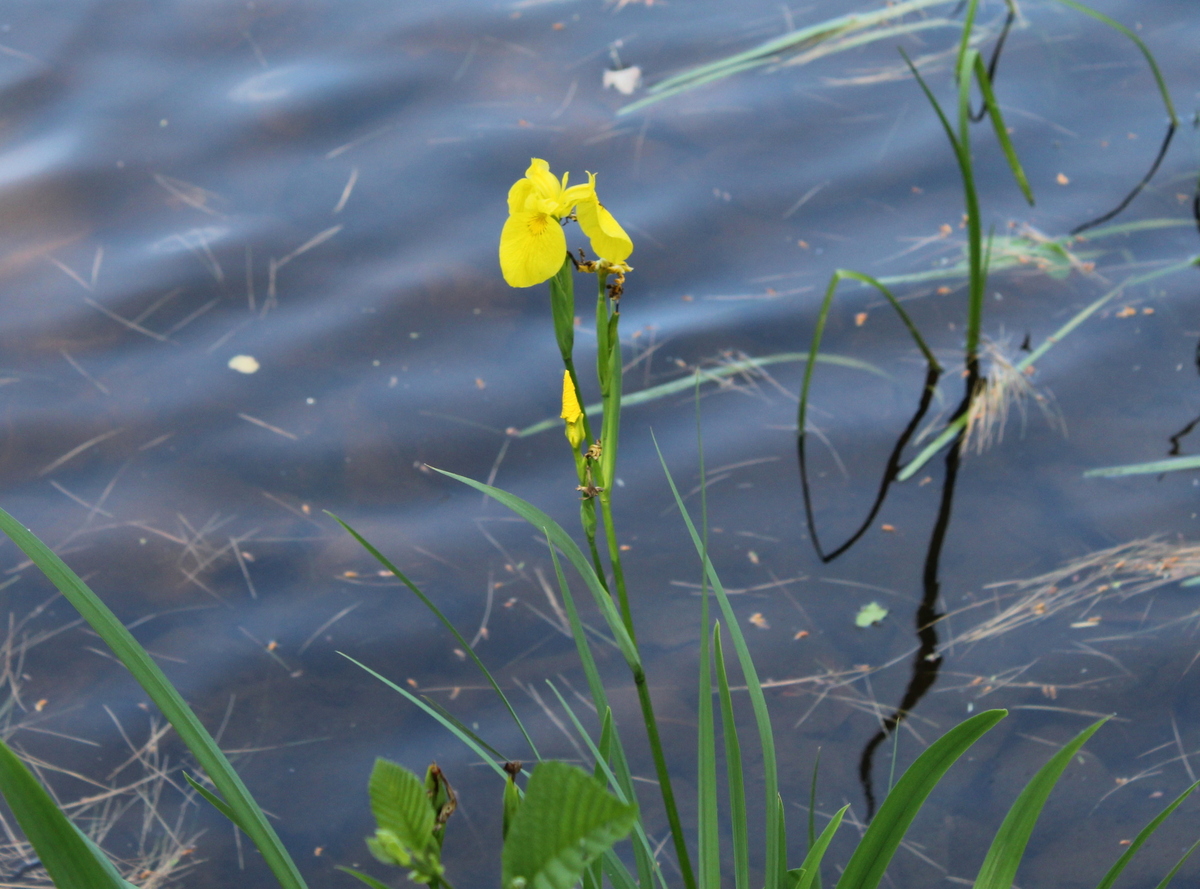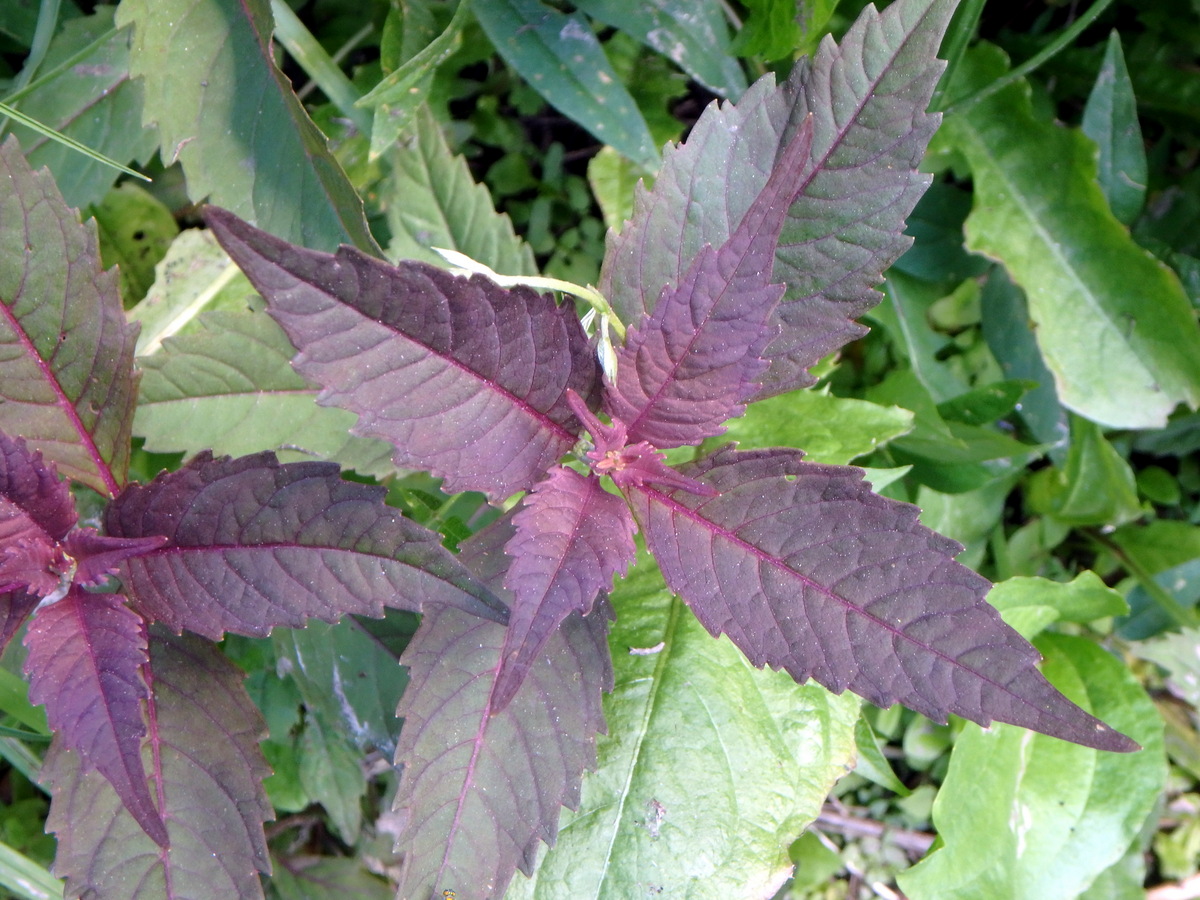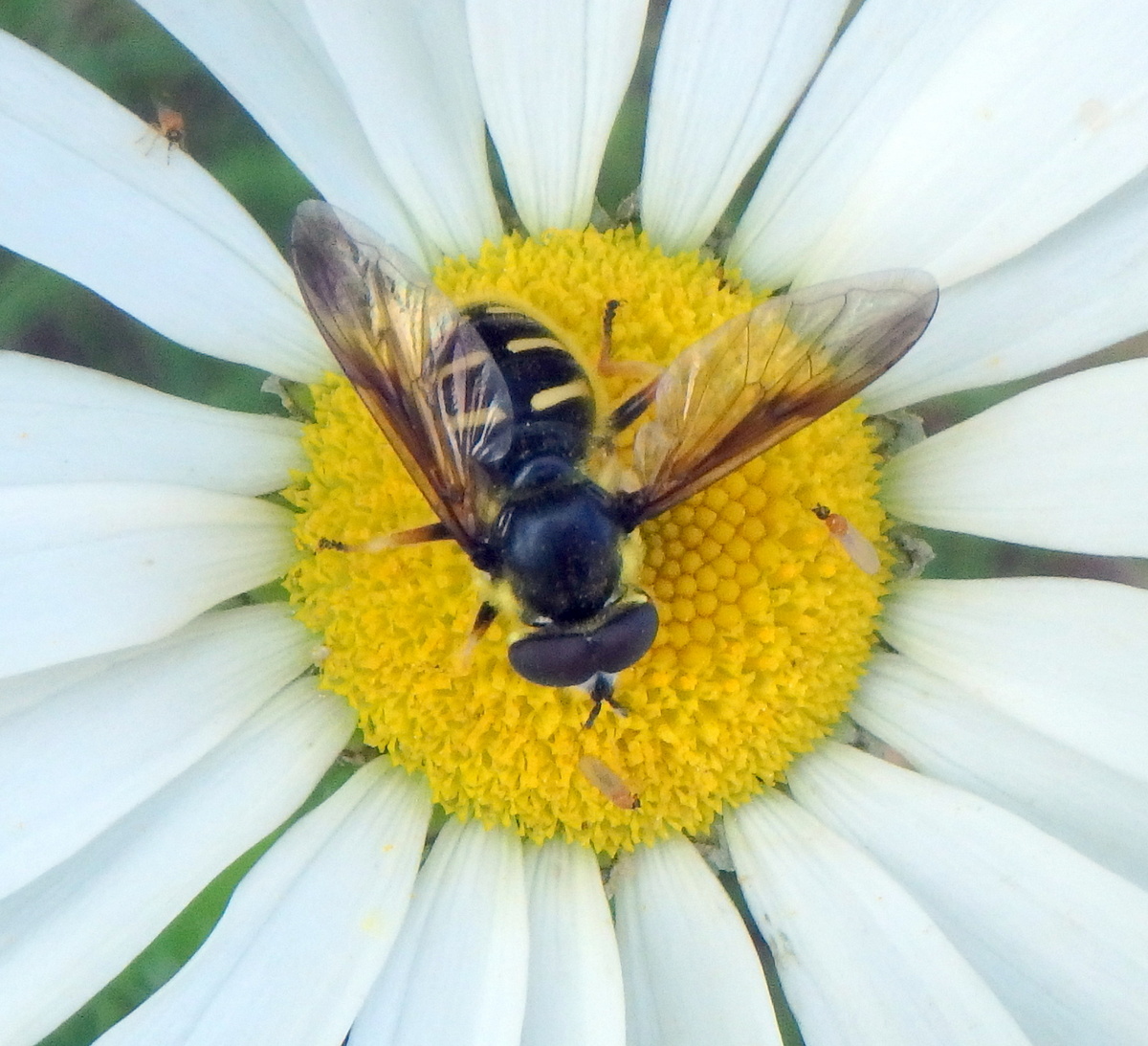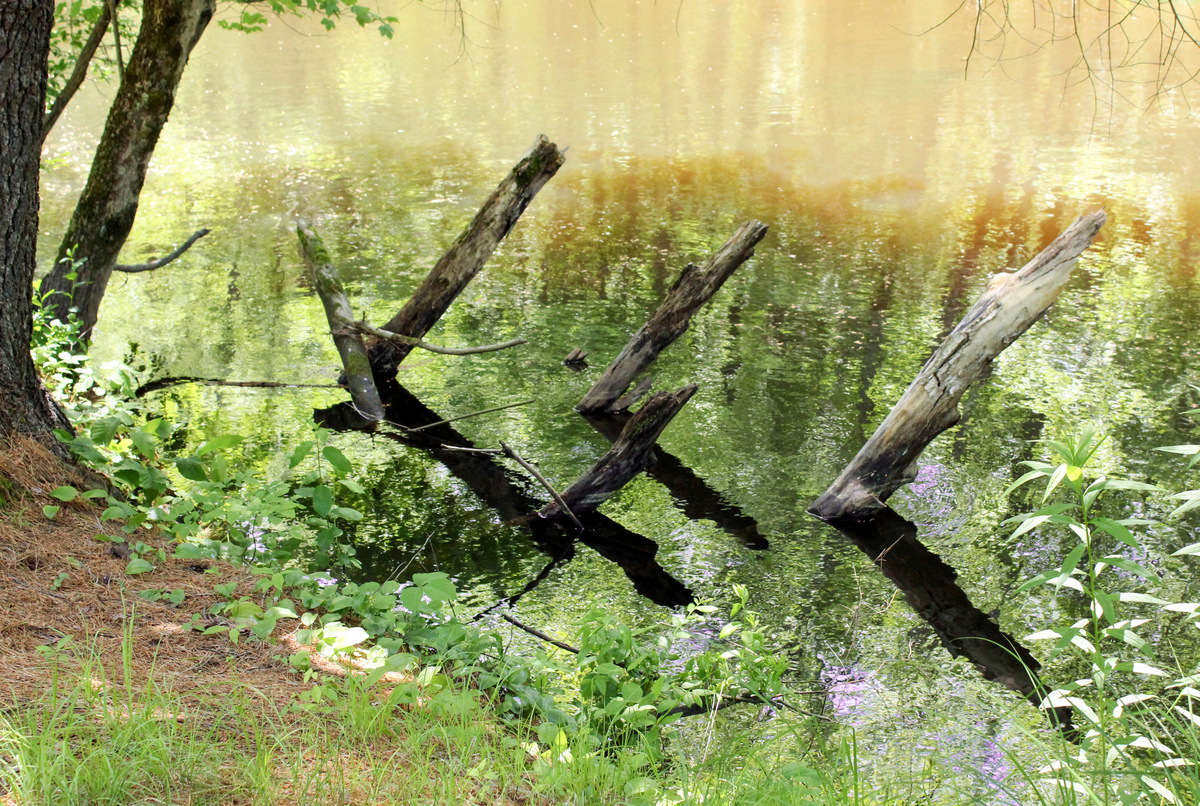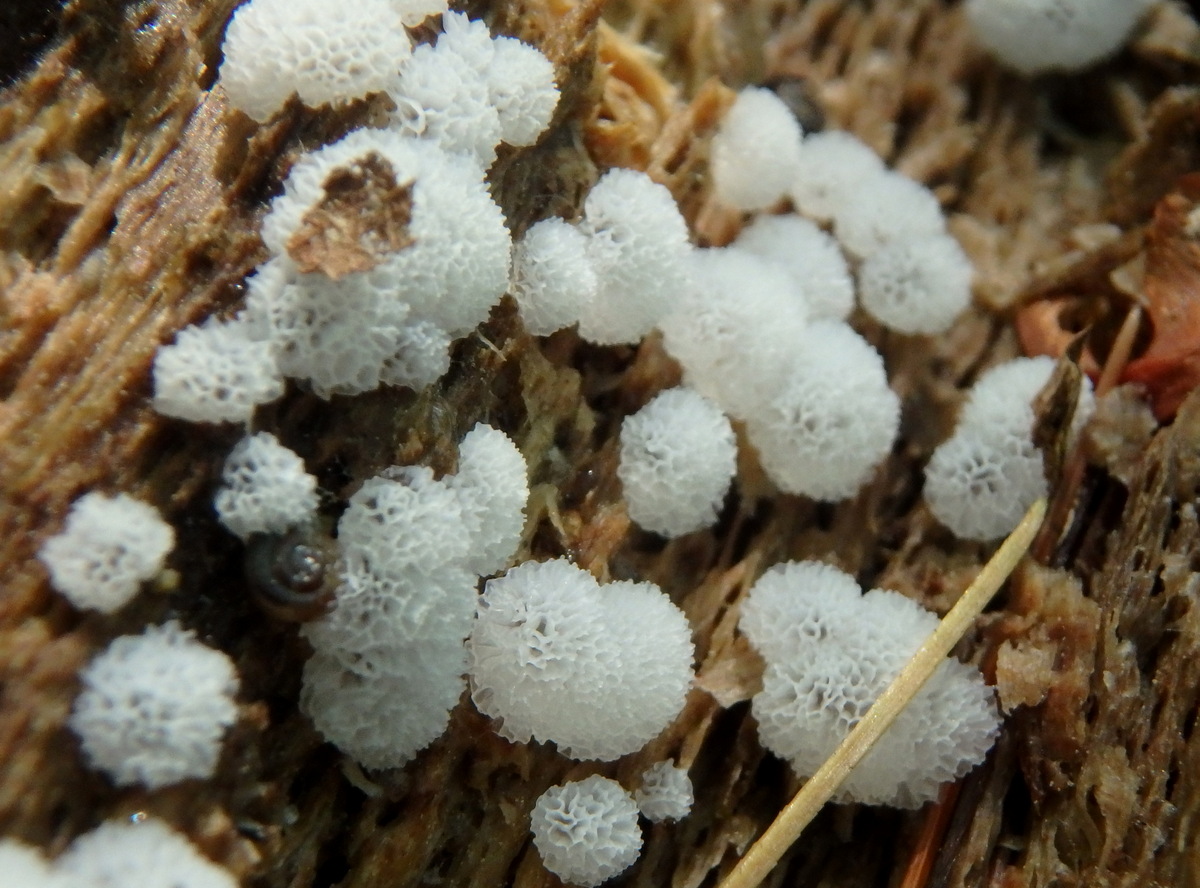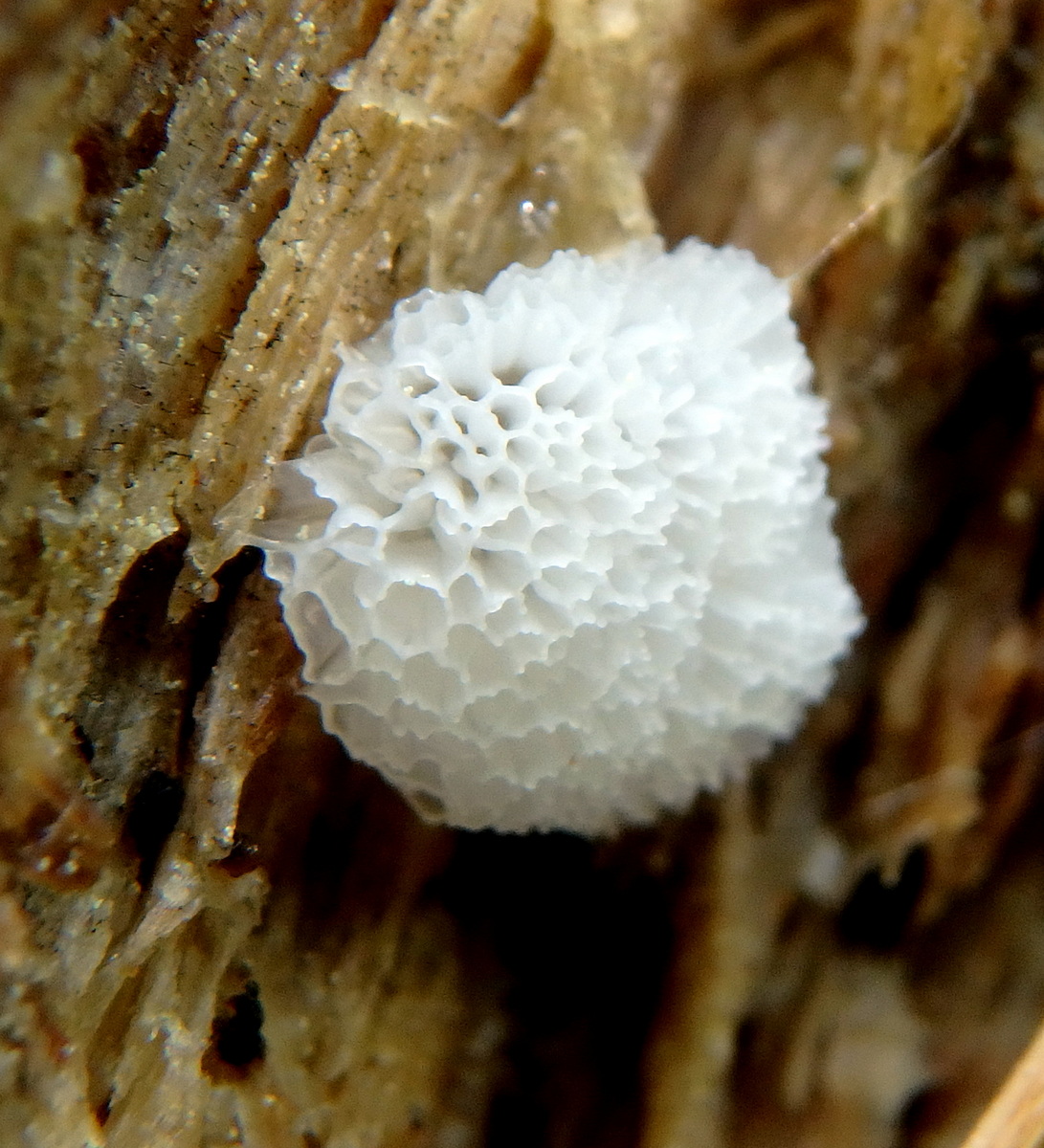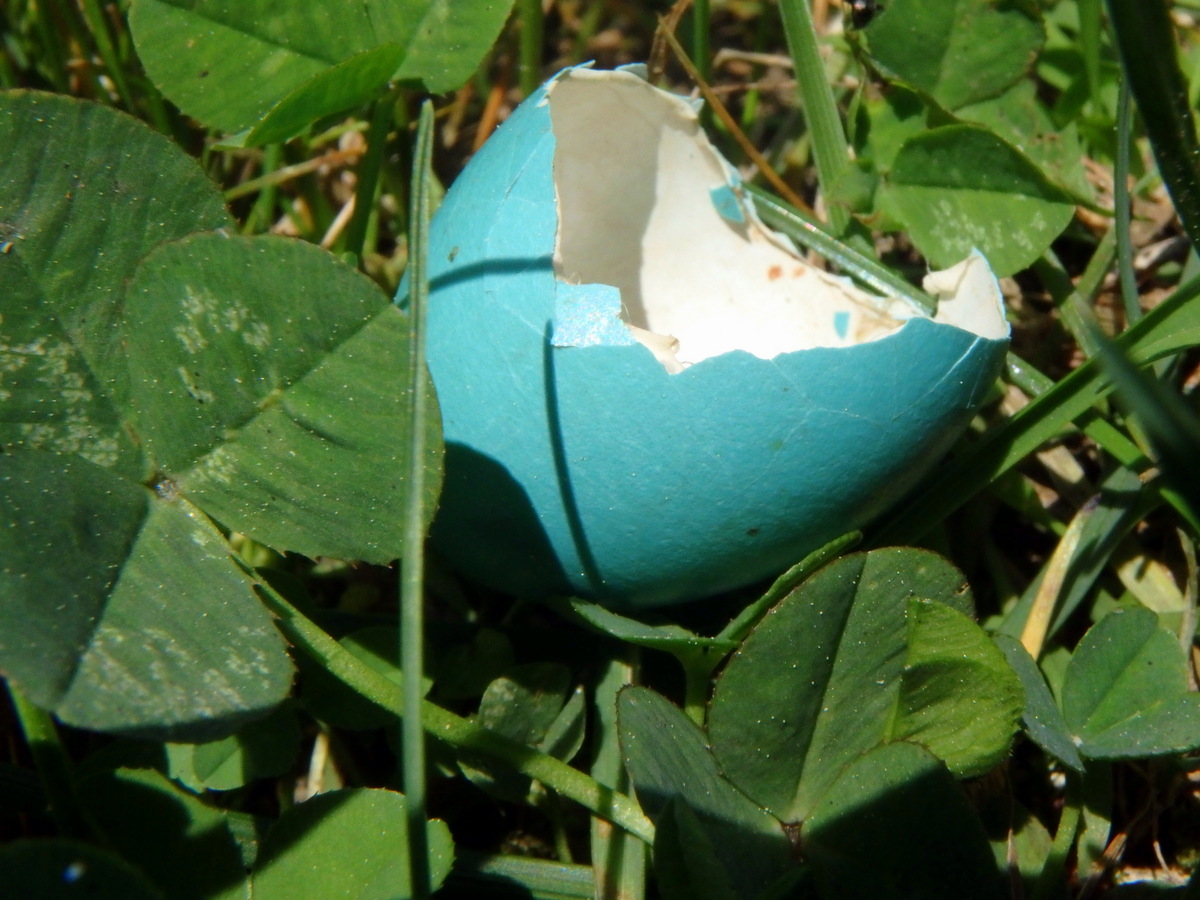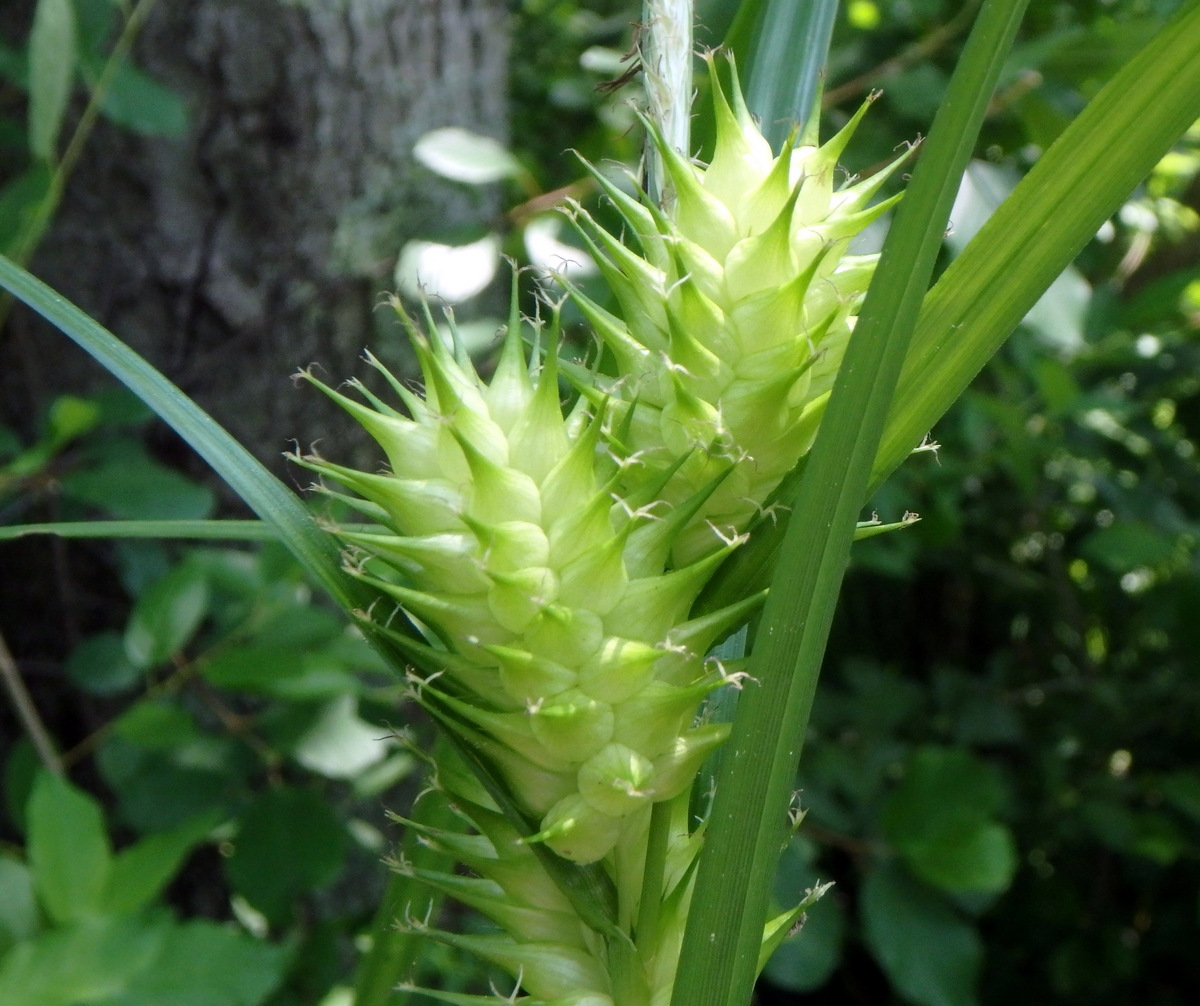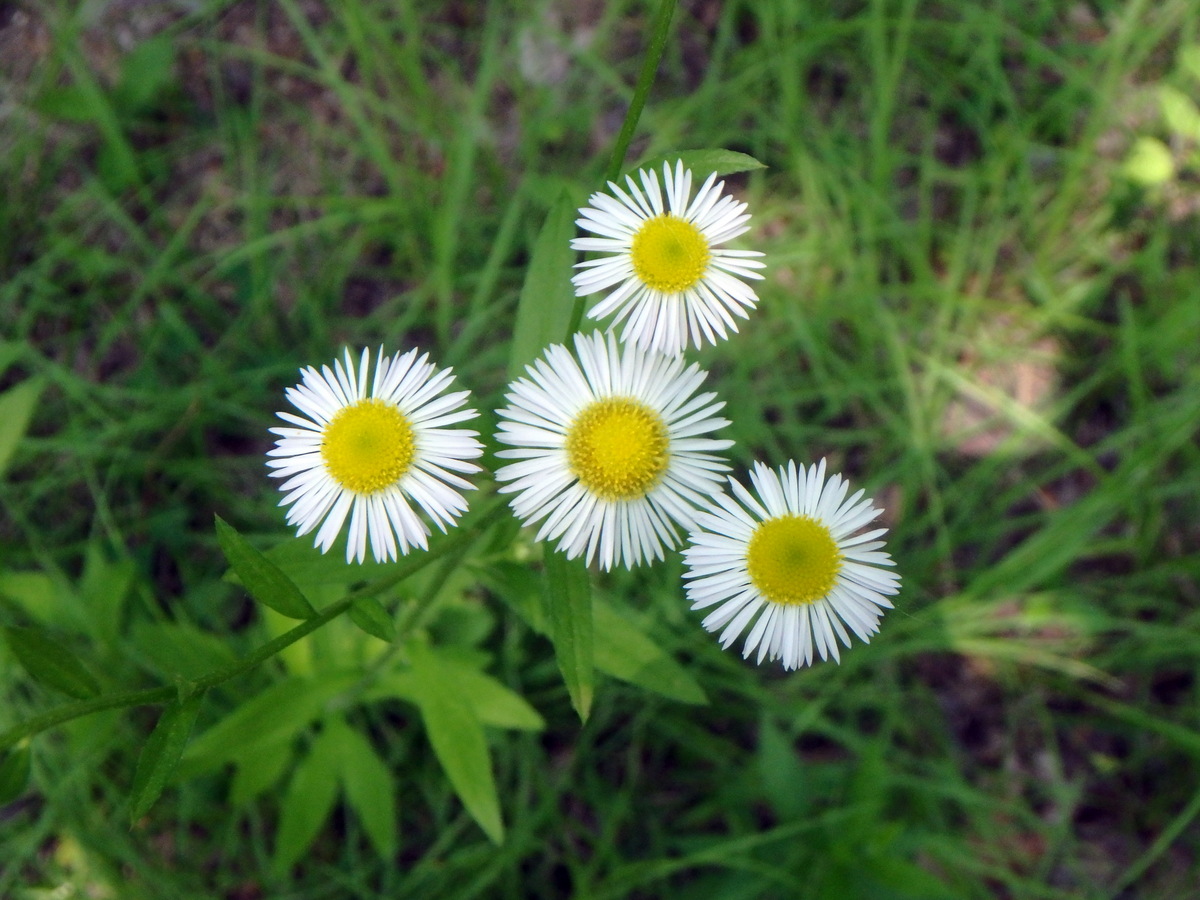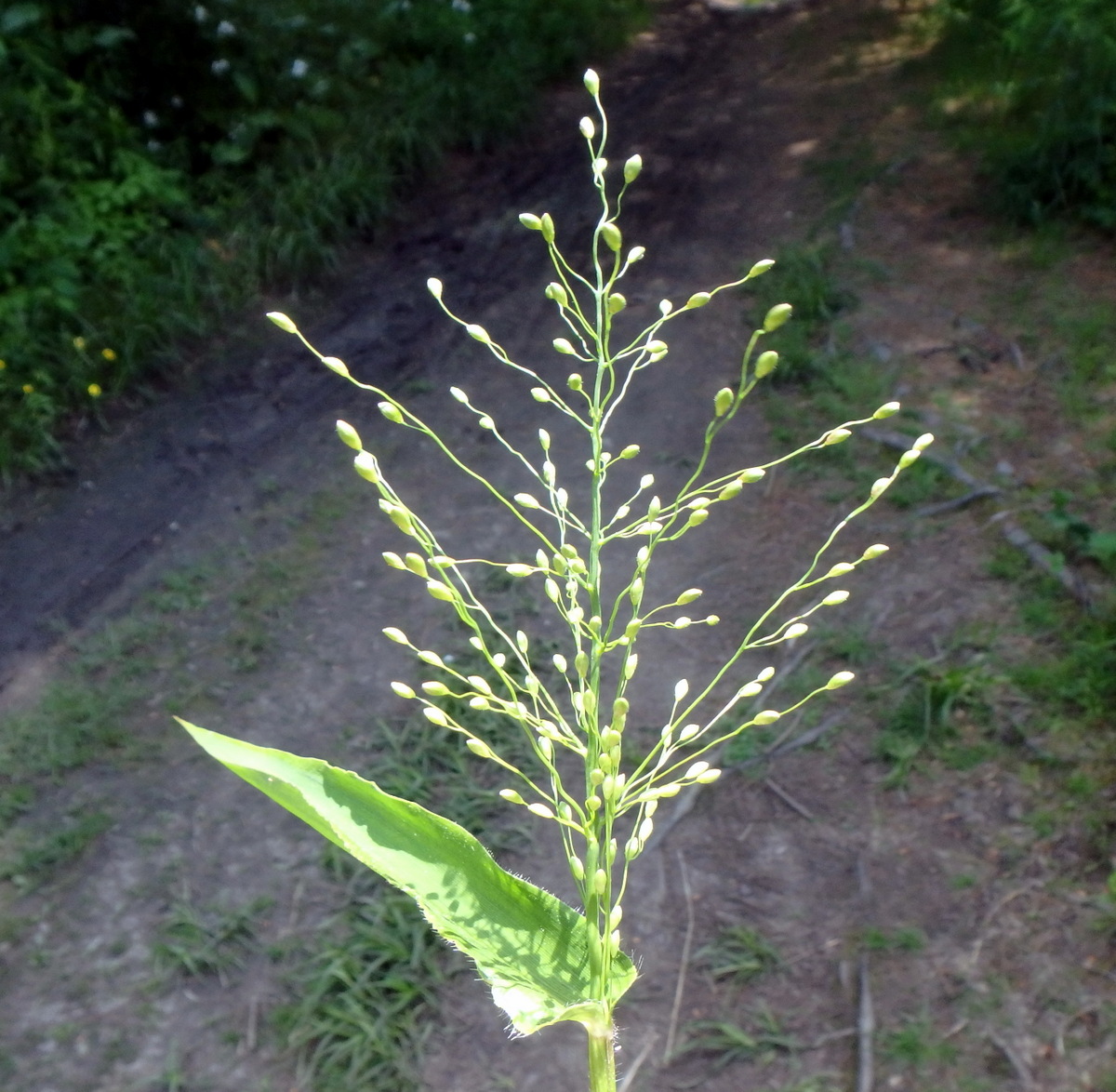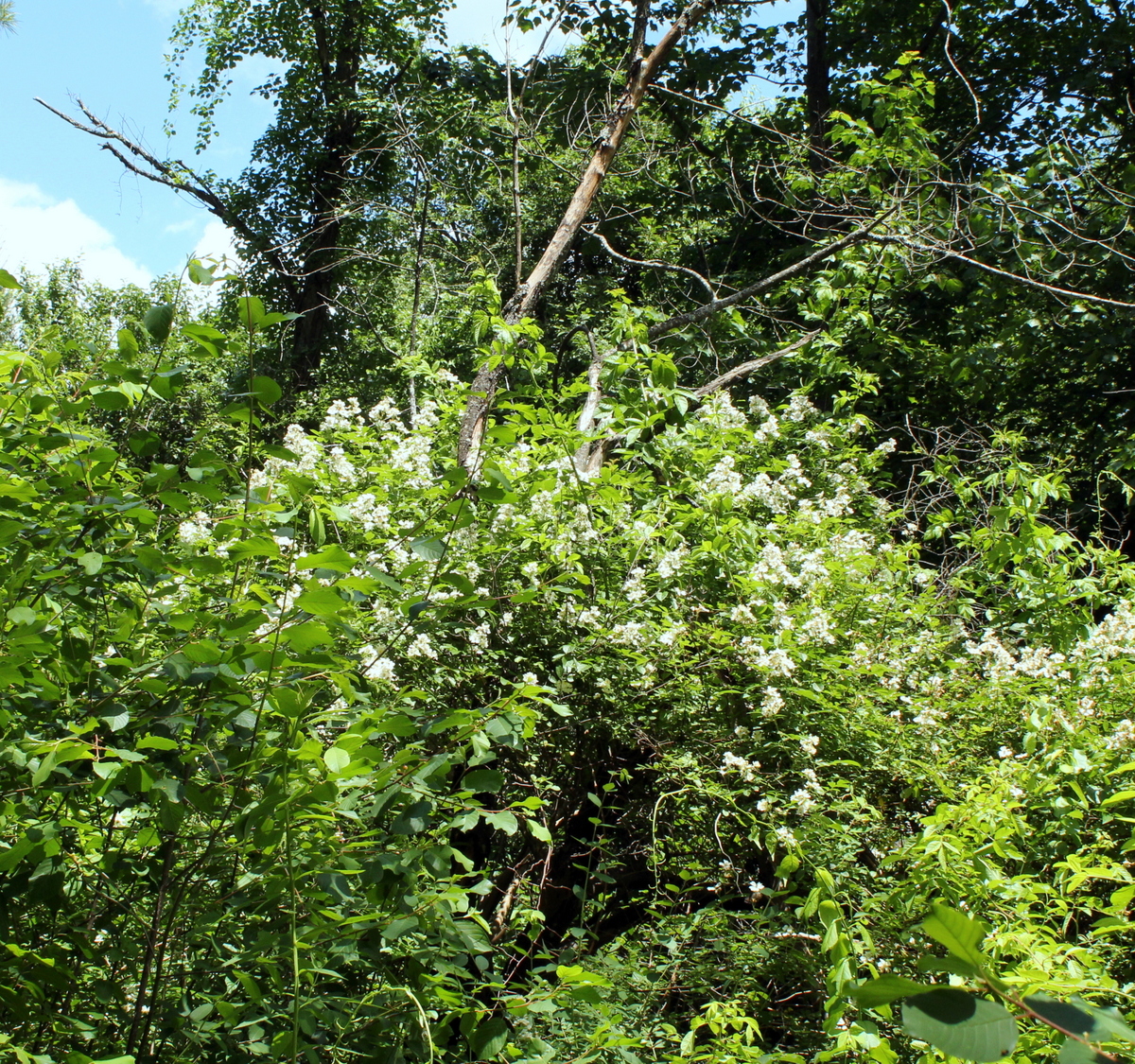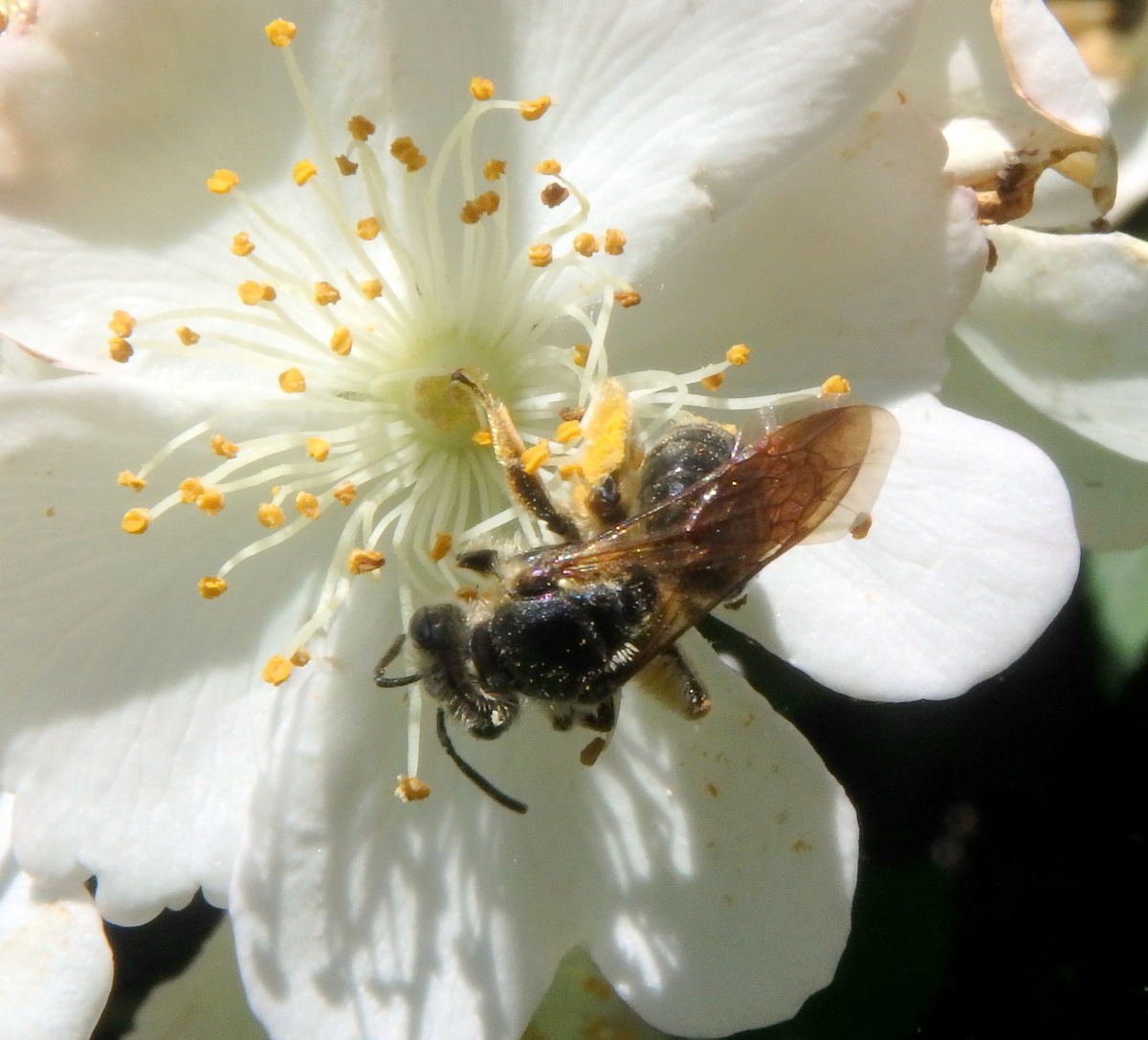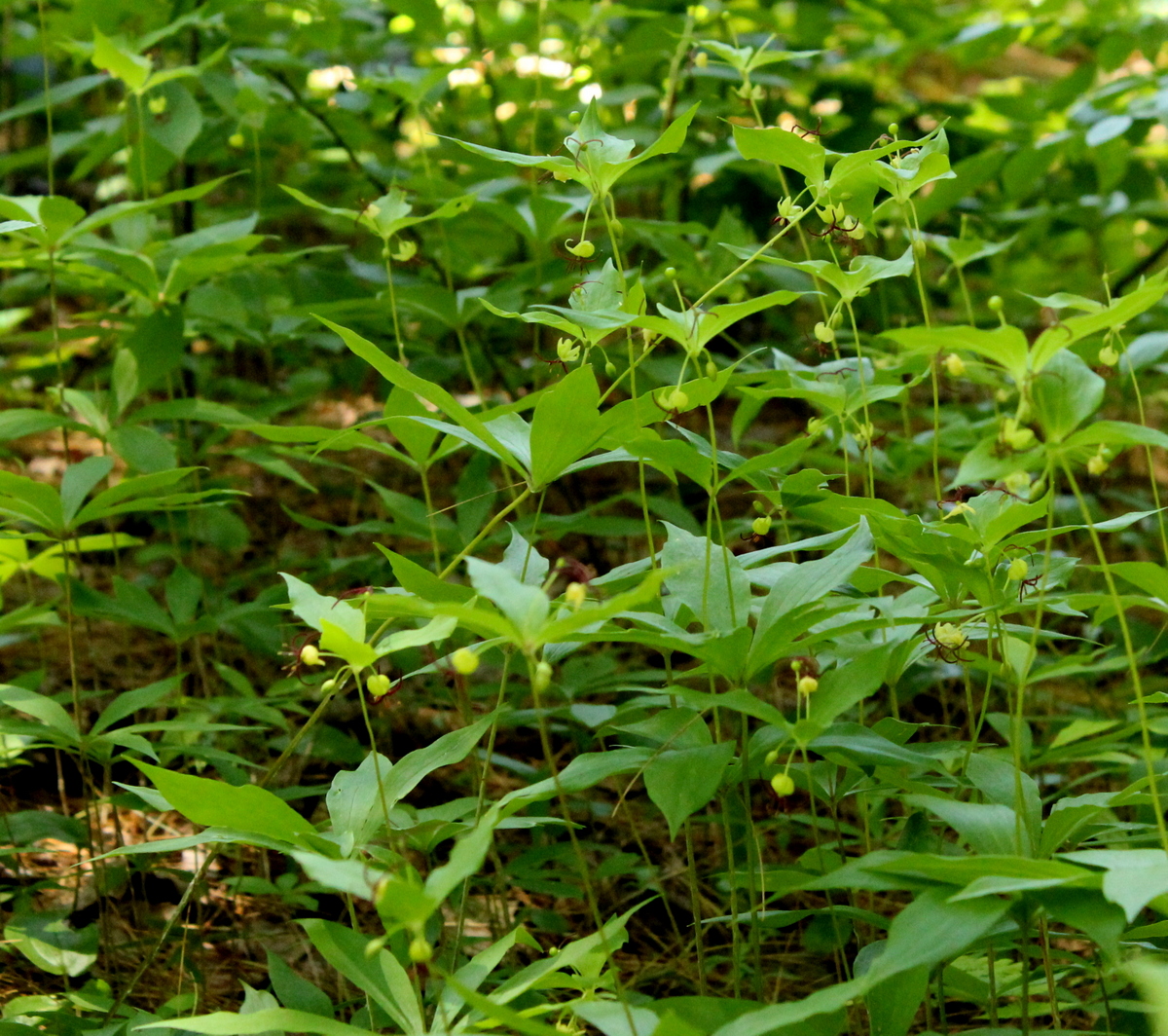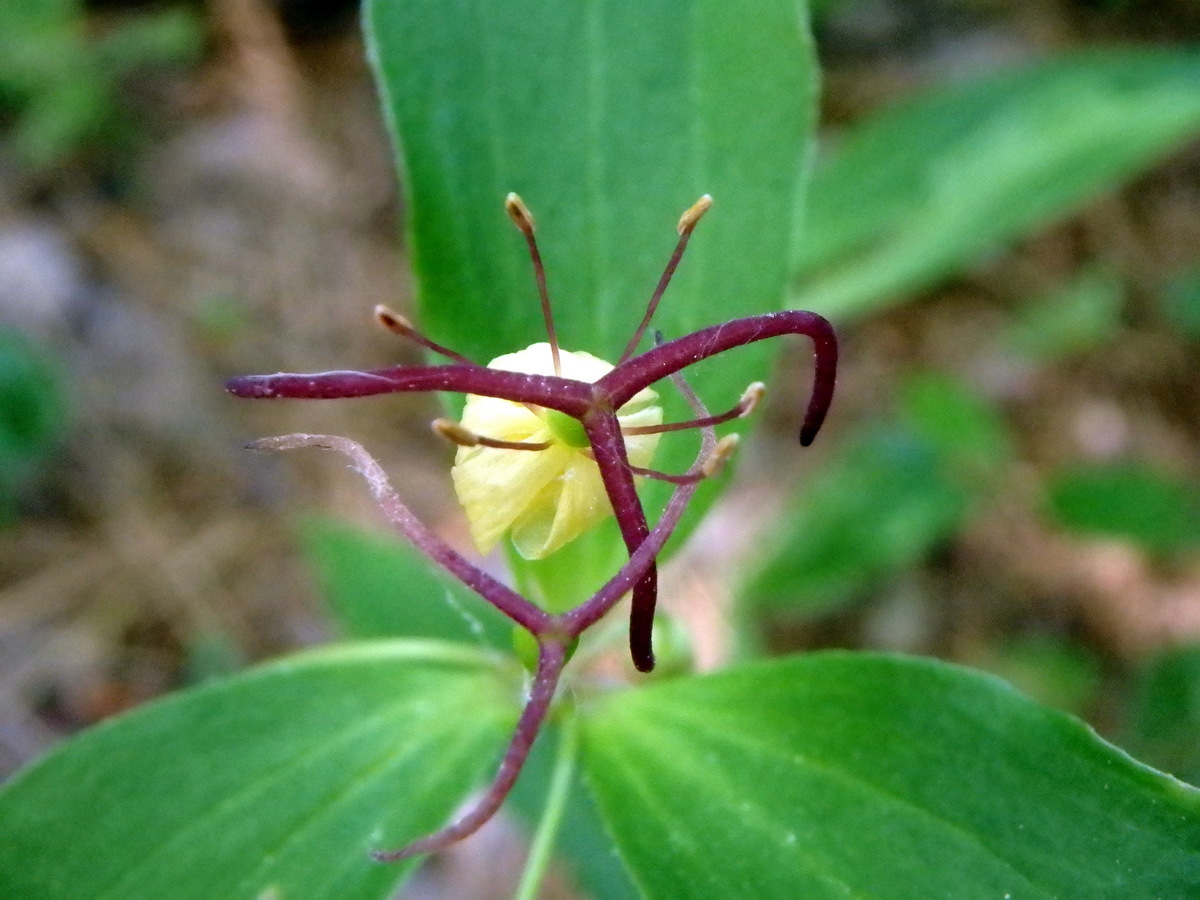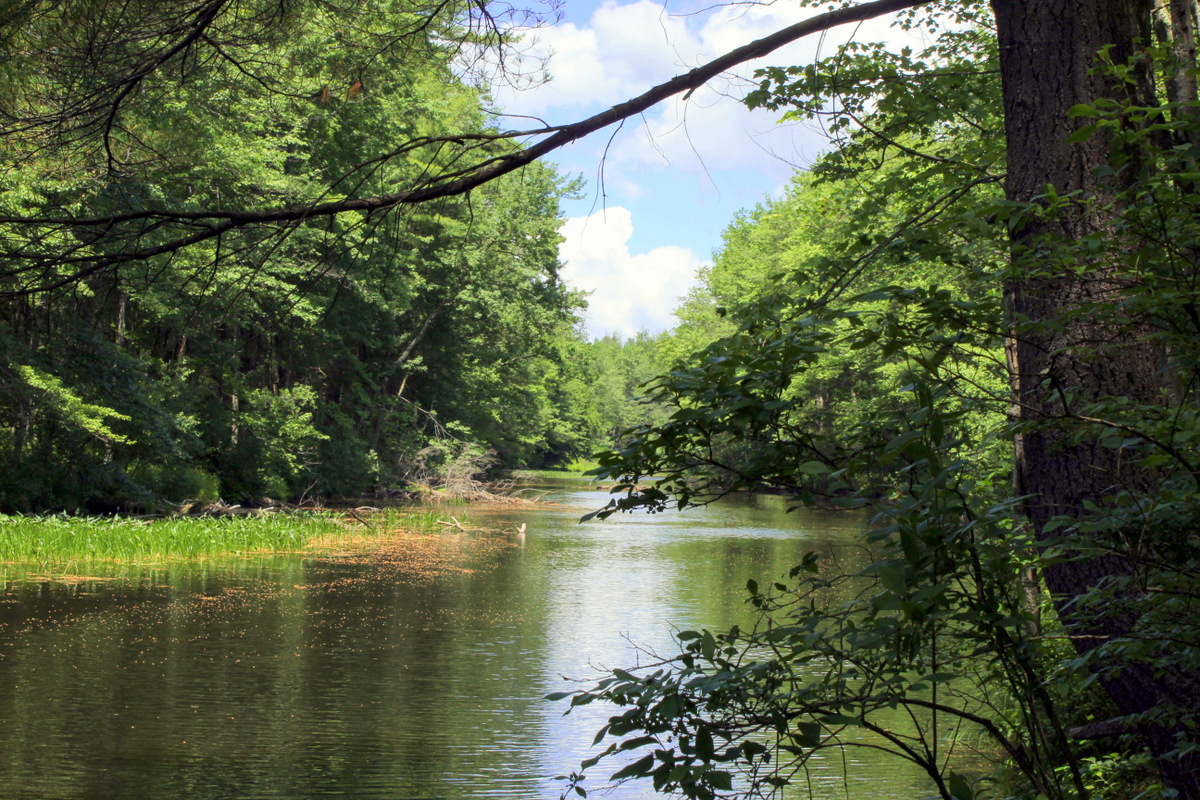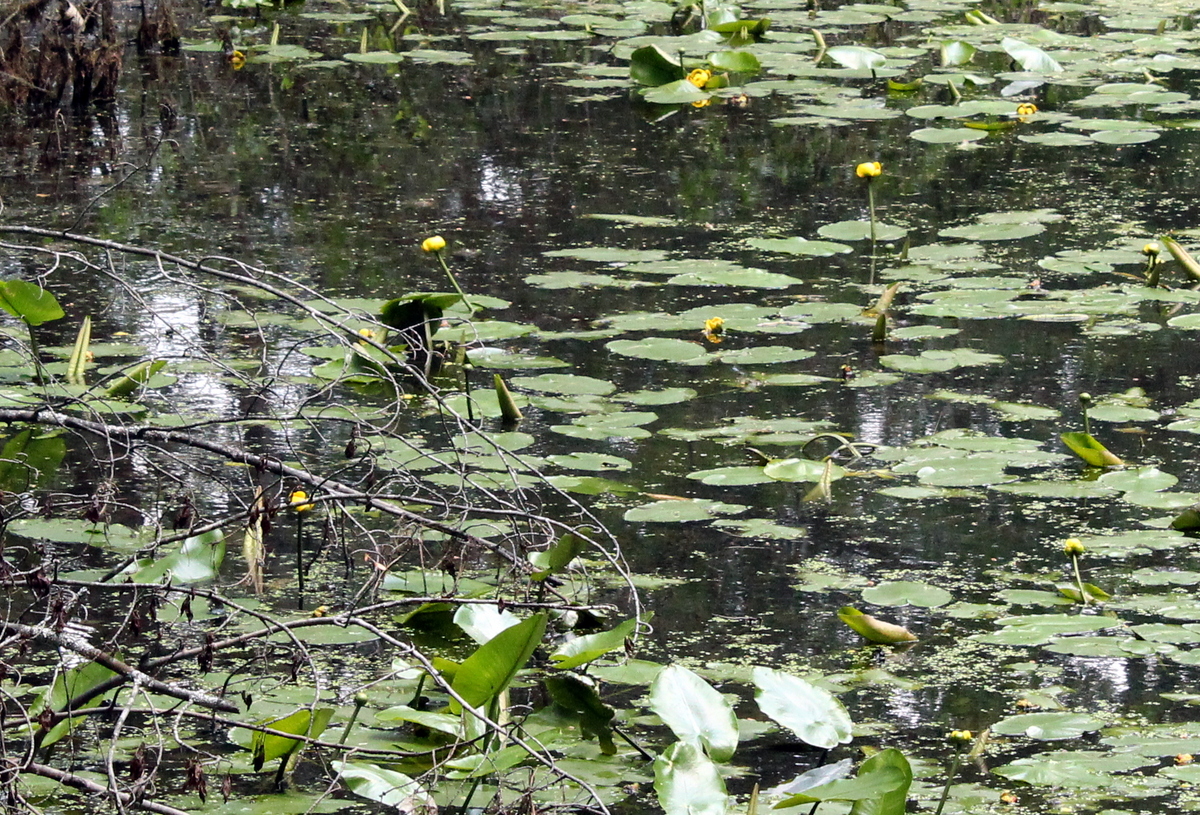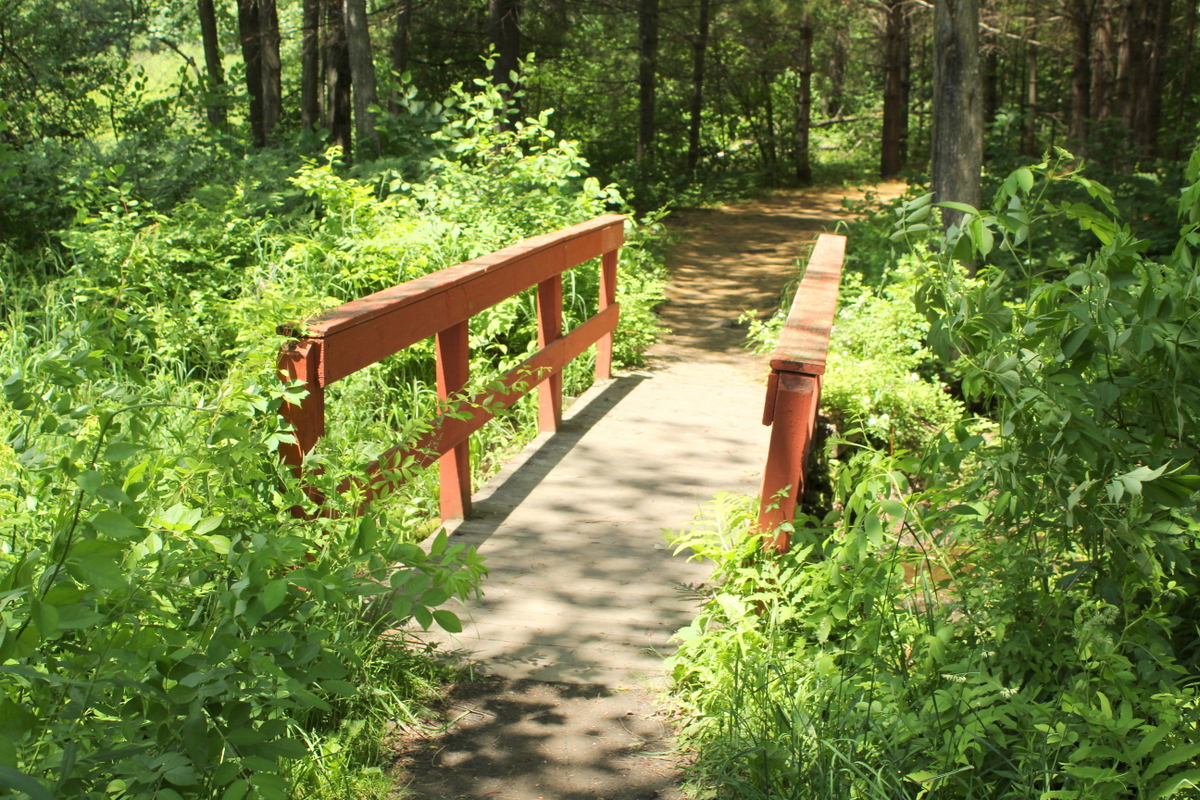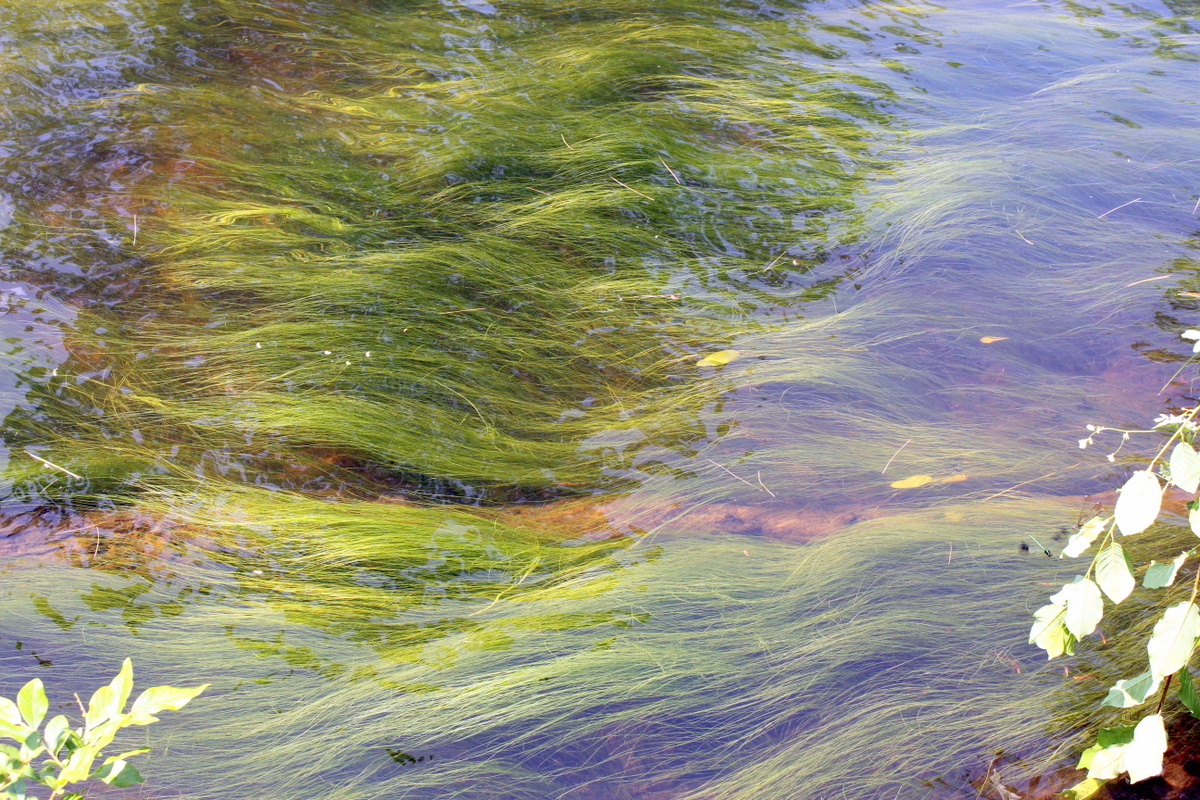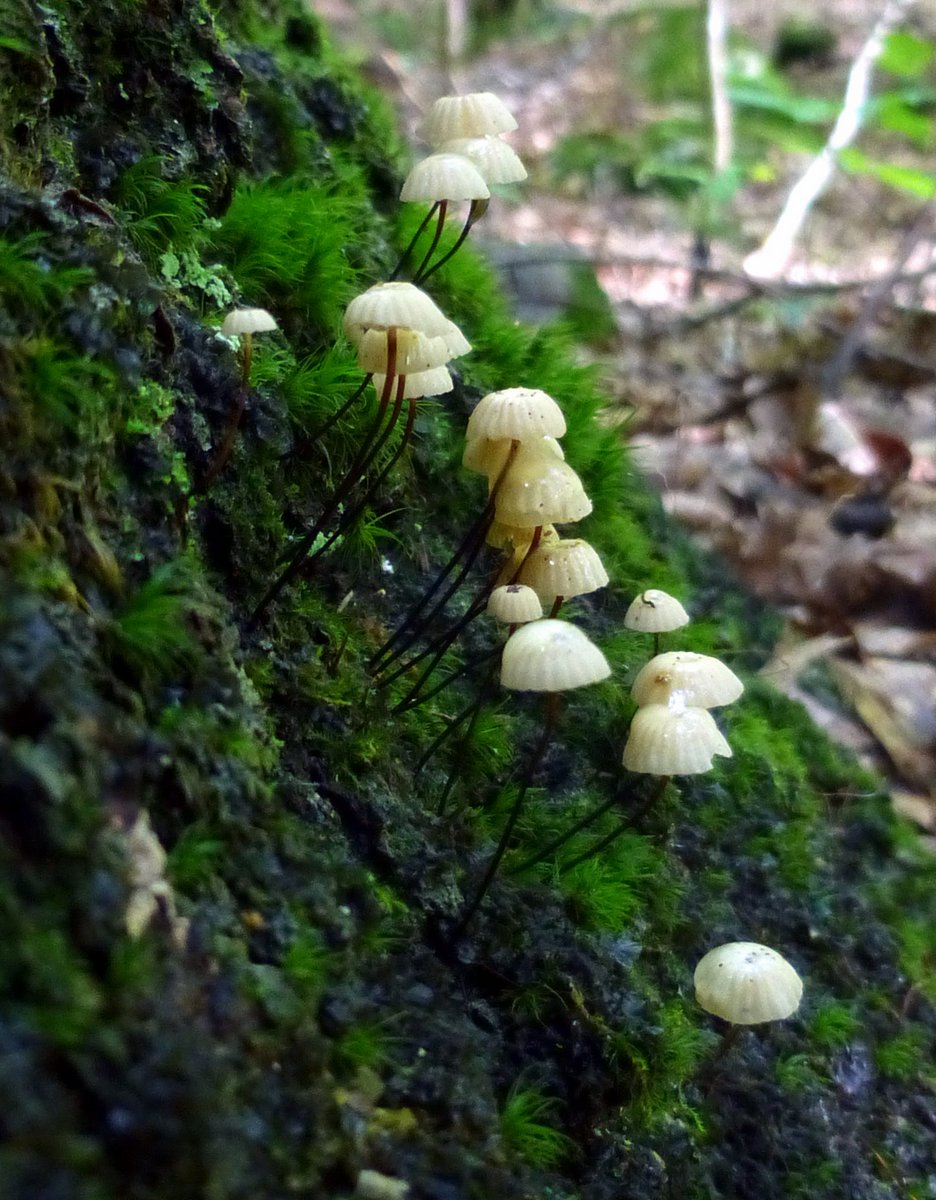
It seems that these “looking back” posts get harder every year. Choosing a handful of photos is never easy but this year it seemed daunting at first. But then I sat down and remembered what this blog was all about, which is showing you the beauty of nature. I dangle a carrot and entice you into going out and seeing nature for yourself, and when you do you fall in love with what you see, just as I did. That’s the plan, anyway. So as you look at what I’ve chosen remember that these photos are about the beauty of this world and nothing else. Of course, beauty is in the eye of the beholder and you might not think the stream ice in the above shot is beautiful at all. Hopefully though, as you wade through this post, you’ll find something that catches your eye. And remember, if I saw it, you can too.

This is more stream ice, this time with leaves trapped in it. This reminded me of putting a leaf between 2 sheets of waxed paper and then ironing the paper so it sealed around the leaf. It’s always slightly fuzzy, never clear like glass.

The first two photos were taken last January. In February I was at the North Pole, or so it seemed when I was looking at this wind sculpted snow. I love to see the designs the wind can make in snow, but it has to be the right kind of snow with the right consistency or it doesn’t seem to work.

This shot, taken later in February, makes me want to say “whew,” because it shows the first sign of warm colors and melting ice after a long white winter. I’ve always believed that once we’ve made it through February winter’s back is broken. Sure, we can get more snow and even cold, but it doesn’t usually last for weeks like it can in January and February.

In early March there was still snow on the ground but the willows burned brightly and this scene reminded me of an impressionist painting. Vincent van Gogh, maybe?

March is when the first flowers appear but I doubt many people notice the beautiful male alder catkins dangling from the bushes like strings of jewels. A catkin is really just a string of flowers and there are probably hundreds of tiny male blossoms in this shot.

April is when things really get going and large willow shrubs full of bright yellow flowers appear at wood edges and out in the fields. They’re a breath of spring that I look forward to each year and their blossoming usually signals the return of red winged blackbirds.

Bloodroot is one of our most beautiful wildflowers which don’t often appear until early May, but last spring they came along in April. I’m not sure how a flower could be more perfect than this. Its simplicity is what makes it so beautiful, I think. It isn’t busy and there’s nothing to deduce or discover; it’s all right there so all you need to do is just admire its beauty. If you happen to find bloodroot growing in the wild you should remember the spot because this plant will come up in the same spot for many years if undisturbed.

May is when I start looking at buds and though there were many to choose from, I chose this velvety soft, pink and orange, striped maple bud. They seem to glow, and seeing a tree full of them is a sight not soon forgotten. This is a smallish tree and common in this region, so the next time you’re walking along a trail in early May, look out for it.

By mid to late May some of our most beautiful wildflowers are just coming into bloom, like the wild columbine seen here. The columbines grow on stone ledges off in the woods where few people ever see them, but some like me consider them very special and make it a point to go to see them each year. They’re quite a rare find; this spot in Westmoreland is the only place I’ve ever found them. It’s a bit of a hike but it isn’t any work at all to go and see them on a beautiful spring day in May when the leaves are just coming out on the trees and the air is full of sunshine and birdsong. In five short months it will be time to take that walk again, and I’m already looking forward to it.

In this area nothing says June like our native blue flag irises. I watch the roadside ditches because that’s where I find a lot of them blooming beautifully in large clumps. I also see them on pond and river edges. They like a lot of water and can sometimes even be found in standing water. They’re a beautiful flower that always says summer to me and you don’t have to hunt for them, because they’re everywhere.

Flowers come fast and furious in June and you can find many newly opened species each day. For this post though, I chose Robin’s plantain, a fleabane that’s considered a lowly weed. It comes up in lawns everywhere but even though it’s a weed, nobody mows it until it’s done blooming. I think this photo shows why. It’s such a beautiful weed.

There are times in the woods when I see something I can hardly believe I’m seeing, and that’s how it was the first time I saw this fringed bog orchid. I know I’ve found something special when all thoughts leave my mind and I just want to be quiet. I know I’m in the presence of something rare and very special, and I imagine that I feel as I would if I were walking into one of the world’s great cathedrals. It’s hard to explain, but you just know that this is a special moment and it deserves all of your attention, and your gratitude as well. You are humbled, I suppose is the best way to explain it, and it happens the same way each July when I go into the swamp where this magnificent orchid grows.

Also in July, this past July at least, because of all the rain, fungi and slime molds began to appear. I learned a lot by paying attention and watching closely this past summer. I saw a huge variety of fungi and slime molds appear that I had never seen before and as far as I can tell it was all on account of the steady rains we had. After two years of drought it was an amazing show of what nature can do under the right conditions.

In August I found the tiny flowers of the field forget-me-not growing in a lawn and that seemed appropriate, because August was the month that I lost a sister to lung cancer. Though nature has shown me that there is a deep well of peace within us all we have to find it before we can drink from it, and it isn’t something that one of us can give to another; each of us has to find it for ourselves. This was the unfortunate truth that I realized there alongside the forget-me-nots in August.

The concentric circles in tiger’s eye fungi also seemed appropriate for August. To me life is like a song, with a beginning, a middle, and an end. When one song ends a new one begins to take its place, and on and on it goes in a never-ending circle, through all of eternity.

In September I saw one of the prettiest displays of mushrooms I’ve seen when I found these Jack O’ lanterns growing on and around this old red maple. There were hundreds of them and they grew in a ring on all sides of the old tree. A day or two later and I would have missed this beautiful display, and that’s a good reason to get into the woods each day if you can.

This shot is a bit ironic with a monarch butterfly on a purple loosestrife because we wish we’d see more of the butterflies and less of the very invasive purple loosestrife. I didn’t count but I saw a fair number of monarchs, mostly in August and September of last year. I wish I knew why there were so many more, and I wonder if the weather had anything to do with it. I wouldn’t think a butterfly would want to be rained on but there were so many flowers blooming because of it.

This shot from October shows what I mean about having so many flowers blooming. This is just a roadside meadow of sorts that I pass each day on my way to and from work. It’s there every year but this past summer was the best I’ve seen it look. Because of this spot I discovered that New England asters like an awful lot of water. Seeing them in such a wet spot made me take note of soil conditions in other places they grew and each one was quite wet, or at least more than just moist.

You certainly receive plenty of hints in September and even in August of summer’s passing but October is when it really hits you. At least, that’s when it hit me one October morning when I stood on the shore of Half Moon Pond and saw how all the trees had colored. It was a beautiful way to end our summer and it went on and on, and again I think that was because of all the rain we had.

Very late October and early November is the time to visit Willard Pond in Hancock if you want to experience all the majesty of a New England hardwood forest in the fall. The oaks and beeches put on what is easily the most beautiful autumn spectacle that I’ve seen. It’s a quiet, peaceful place with well placed benches where you can sit and listen to the calls of loons and enjoy the beauty of the pond and surrounding forest.

I took a hike down a rail trail in November and just before I left, I snapped this shot of a distant hillside. I could see color on the hillside from where I was but it was like a smudge, with no real detail. I was surprised when I looked at the photo and saw that it was a hillside full of oaks. Everyone seemed to like this one so I’ll show it again.

We had our fist snowfall in December, barely an inch here, so I went out and got some photos of it. It was a nuisance storm and we’ve had two or three since, but no real snowstorms. People who have to shovel it are counting their blessings, but people who make money plowing it don’t feel quite so lucky. I think we all need to face the fact that winter has changed. Just over the course of this blog’s 11 years I’ve watched it go from cold and snowy to rather mild on average in comparison. Spring starts earlier and fall lasts longer now.

It did get cold enough in December for me to get a shot of this frost crystal on my car windshield one morning. Everyone seemed to like seeing it, so here it is again.
And that’s 2021 in New Hampshire in a nutshell. I hope yours was even more beautiful, and I hope everyone has a safe, healthy and happy 2022!
The only time you should ever look back is to see how far you’ve come. ~Mick Kremling
Thanks for stopping in.

























